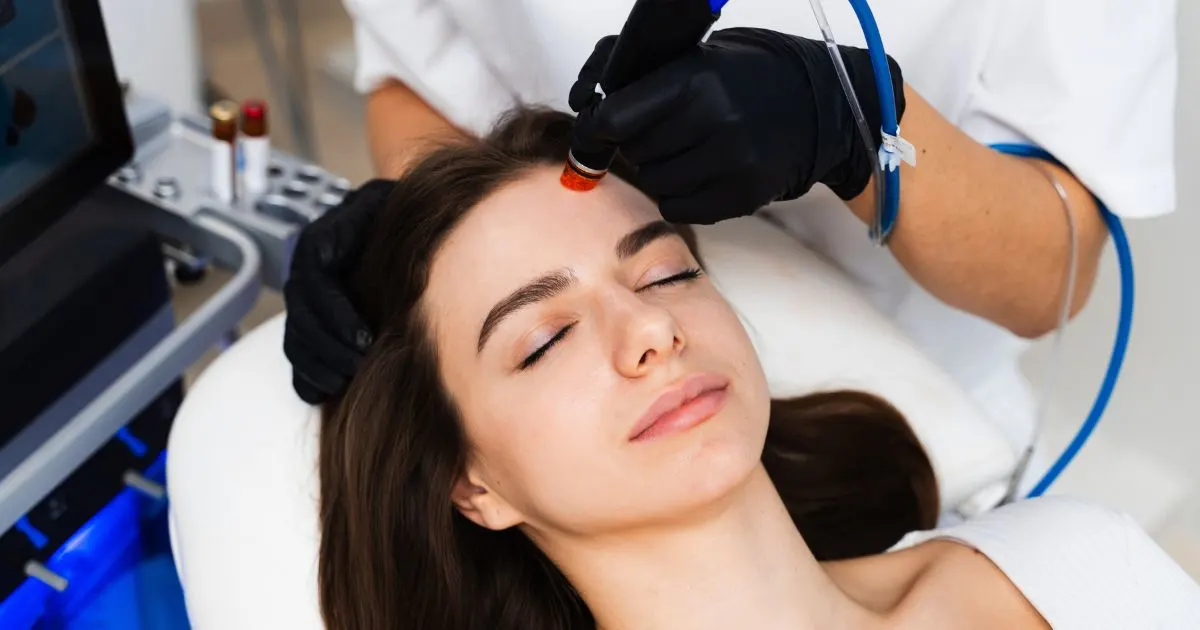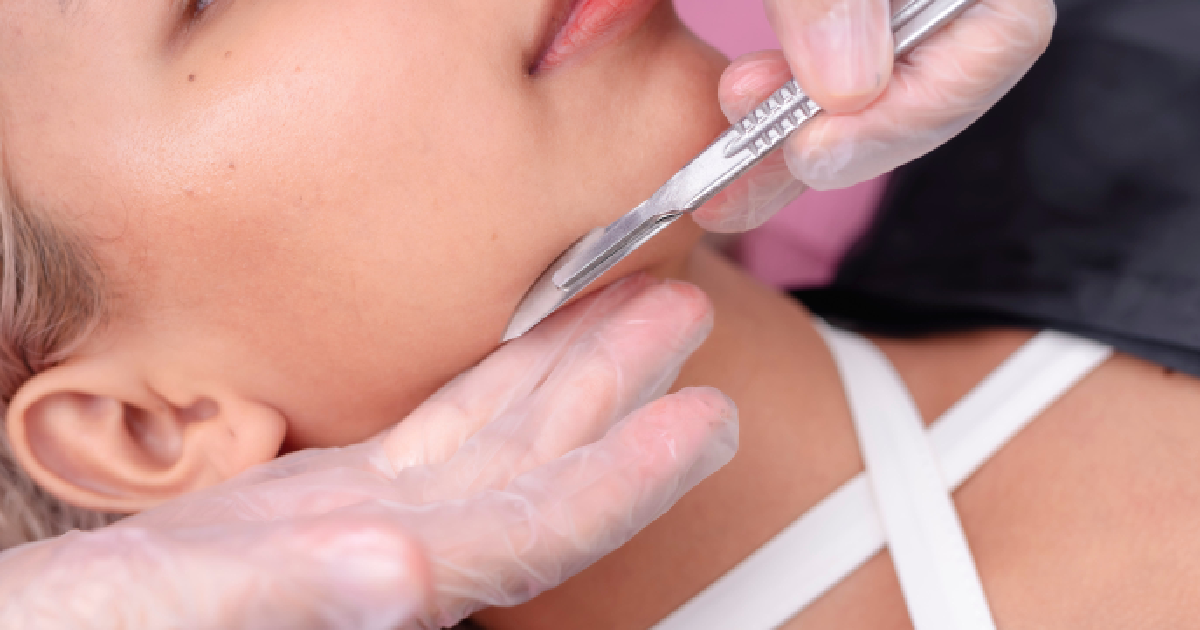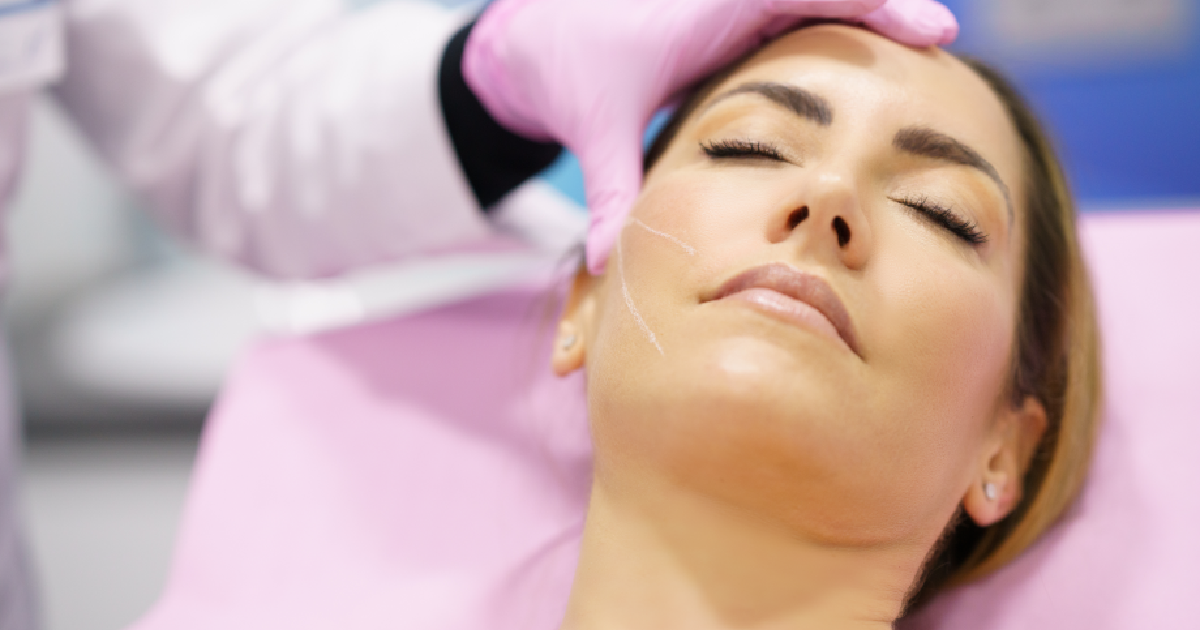Table of Contents
Under the skin, spider veins are tiny, web-like blood vessels that can cause more issues than just cosmetics. While they’re typically harmless, their presence on the legs or face can affect self-esteem and, at times, cause discomfort. But here’s the good news: sclerotherapy is a straightforward, minimally invasive solution that effectively targets these veins, helping you achieve smoother skin and greater confidence.
The Basics of Sclerotherapy
So, what exactly is sclerotherapy? Simply put, it’s a procedure where a solution is injected directly into the spider veins. Sclerosants cause veins to collapse by irritating the inner lining of the veins. Once the vein collapses, it’s gradually absorbed by the body, and blood is naturally redirected to healthier veins.
There are different types of sclerosants used in sclerotherapy—some are liquid, and others are foam. In most cases, the choice depends on the size and scope of the veins that need to be addressed. Liquid sclerosants are typically used for smaller veins, while foam sclerosants are better suited for larger, more complex vein networks.
The beauty of sclerotherapy lies in its simplicity. The science behind it is straightforward: the sclerosant causes controlled damage to the vein, which prompts the body’s natural healing process. As the treated vein fades from view, the skin appears clearer and smoother, free from the web-like marks that once marred its surface.
Conditions Treated with Sclerotherapy
Sclerotherapy isn’t just for spider veins—it’s also highly effective for treating small varicose veins and other minor vascular conditions. Varicose veins are larger, twisted veins that often cause discomfort and, if left untreated, can induce more serious health issues. Sclerotherapy can alleviate both the cosmetic concerns associated with these veins and the physical symptoms they cause.
Beyond spider and varicose veins, sclerotherapy can also be used to treat other vascular issues, such as telangiectasias—small clusters of blood vessels that appear on the face, neck, or upper body. The versatility of sclerotherapy makes it a preferred treatment option for many patients looking to address a range of vascular concerns.
What to Expect During the Procedure
When you arrive for your sclerotherapy appointment, your healthcare provider will begin by positioning you in a way that allows easy access to the affected veins. Cleaning is done on the area to be treated, and a fine needle is used to inject the sclerosant into the vein. Though you may feel a slight burning or tingling sensation, the procedure is generally quick and painless.
It only takes 30 to 60 minutes, depending on the number and size of the veins being treated. Most patients necessitate multiple appointments for the best results, with each session spaced several weeks apart to give the body time to heal and absorb the treated veins.
Managing Pain During and After Sclerotherapy
One of the common concerns about any medical procedure is pain. The good news is that sclerotherapy is minimally invasive and usually doesn’t require any anesthesia. If needed, a local anesthetic can be applied to numb the injection site. Patients often report feeling a mild burning or cramping sensation during the injections, but these sensations are brief and typically subside soon after the procedure.
After the treatment, you might experience some mild discomfort, including bruising, redness, or swelling at the injection sites. These side effects are usually short-lived, resolving on their own within a few days to weeks. If you experience any lingering discomfort, simple remedies like over-the-counter pain relievers or cold compresses can help.
Recovery and Aftercare
Post-procedure care is pretty straightforward. Here are some tips to help you recover efficiently:
Post-Procedure Activity:
- Light Movement: Walking and light exercise will be encouraged after your sclerotherapy treatment. This helps promote blood circulation and aids in the healing process.
- Avoid Strenuous Activities: The treated veins should not be subjected to strenuous exercise or other activities for a few days after the treatment. This helps prevent unnecessary pressure on healing vessels and supports optimal results from the procedure.
Compression Stockings:
- Purpose: Compression stockings are often recommended to help maintain pressure on the treated veins. They assist in the proper closure of the veins and lessen the complication chances like blood clots.
- Duration: Follow your provider’s instructions regarding how long to wear them, as this can vary depending on the extent of your treatment.
Caring for the Treated Area:
- Managing Side Effects: Mild discomfort, including bruising, redness, or swelling, is common and usually resolves within a few days to weeks. Over-the-counter pain relievers or cold compresses can be used to alleviate any lingering discomfort.
- Skin Care: Keep the treated area clean and follow any specific care instructions provided by your healthcare provider. Avoid applying any harsh skincare products or direct heat to the area during the initial healing phase to minimize irritation and promote proper recovery.
Follow-Up Care:
- Follow-Up Visits: Schedule any recommended follow-up appointments to monitor your progress and address any concerns. These visits are essential to ensure the best possible outcome and to discuss any additional treatments if necessary.
Results and Long-Term Expectations
One of the key benefits of sclerotherapy is the relatively quick timeline for visible results. Within a few weeks of treatment, you should start to notice a significant improvement in the appearance of your spider veins. These veins will gradually fade as they are absorbed by the body, with full results typically visible within three to six months.
For some, multiple sessions may be necessary to achieve the desired results. While sclerotherapy provides long-lasting effects, new veins can develop over time, especially if there’s an underlying predisposition to vein issues. Keep in touch with your healthcare provider consistently to keep track of any new developments.
Who Should Consider Sclerotherapy?
Sclerotherapy is a great option for many people dealing with spider veins or small varicose veins. It’s especially beneficial for those who are in good health and don’t have a history of blood clotting disorders. However, it’s not recommended for everyone. If you’re pregnant, breastfeeding, or have certain medical conditions like deep vein thrombosis, your healthcare provider may advise against sclerotherapy or suggest alternative treatments.
If you’re tired of dealing with unsightly spider veins or the discomfort they cause, sclerotherapy could be the solution you’ve been looking for. With its proven effectiveness, minimal downtime, and long-lasting results, this treatment offers a reliable way to achieve clearer, healthier-looking skin. To learn more about how sclerotherapy works and its effectiveness for treating both spider and varicose veins, check out our comprehensive guide on Sclerotherapy for Leg Veins.
Takeaway
Sclerotherapy is a powerful and effective solution for eliminating spider veins, offering both aesthetic improvements and relief from uncomfortable symptoms. With its minimally invasive nature, quick recovery time, and long-lasting results, sclerotherapy has become the go-to treatment for spider veins and small varicose veins. Whether you’re dealing with red, purple, or blue veins, this treatment can help you regain confidence in your skin’s appearance.
If you’re considering treatment for spider veins in Fridley, MN, trust the experienced professionals at Afzal Clinics to guide you through the assessment and process. Don’t let spider veins hold you back any longer. Book Your appointment today for spider vein treatment from experts in Fridley, MN, and take the first step towards smoother, clearer skin.






